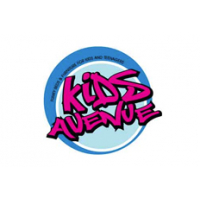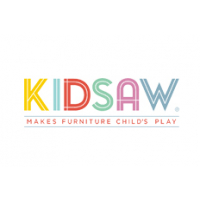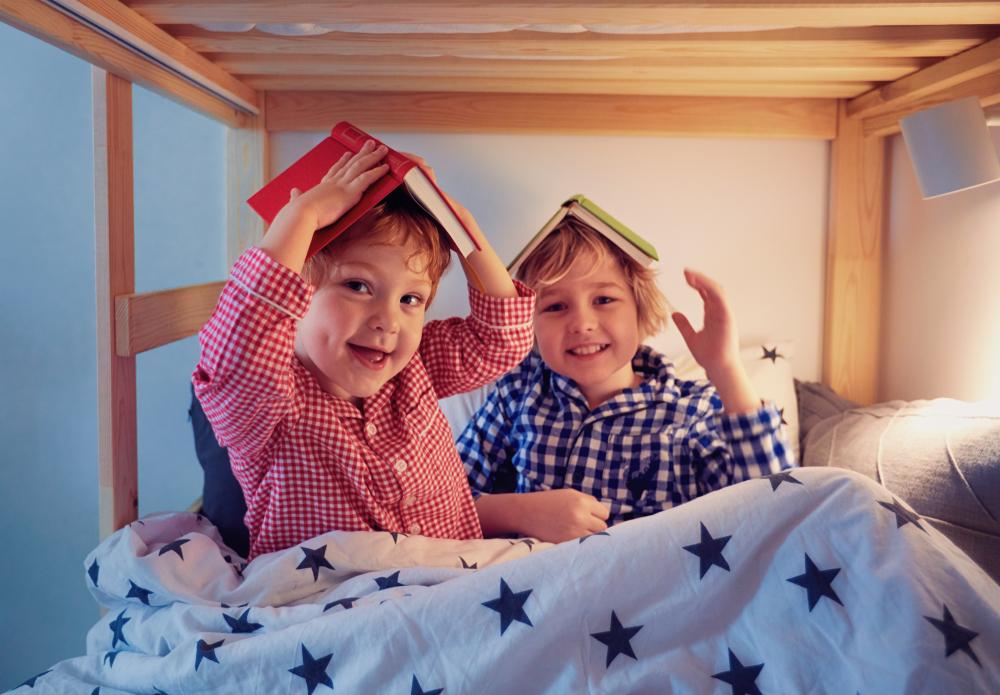Midsleeper VS Bunk Bed
We all know how important sleep is for your child and so buying the right bed will always be a major consideration. Of course, there may also be other factors that you need to consider, such as space and storage requirements. If you're looking at both children's mid sleeper beds and bunk beds as a possible option, then let us help you to take a look at some of the pros and cons of each. Hopefully, this will help you come to the right decision for you, your home, and, most importantly, for your child.
Pros and cons of a childrens mid sleeper
Children's mid sleeper beds can be a great choice if you want extra storage or workspace in your child's room but don't have the space for taller options. They can be a real asset in smaller bedrooms with lower ceilings and for smaller children who you may worry about sleeping too high up.
Mid sleepers are generally suitable for children aged over four and offer lots of fun and flexibility, whilst still providing a safe sleep space. The space beneath the bed, meanwhile, can be extremely useful as storage or workspace, or even as a cosy little den for your youngster.
You can customise the under-bed space with a wide range of free standing furniture if you want to, whilst the bed is more accessible for them than some taller options. The downside of a child's mid sleeper, however, is that the lower height may restrict you when it comes to some ideas for the under-bed space.
Pros and cons of bunk beds for kids
Whether you have been researching small bunk beds UK suppliers or regular-sized bunk beds for kids, you are probably thinking about the extra sleep space that this option can provide. Of course, this is the primary reason why many people go for small bunk bed UK options for their children's room. This may be because bedrooms are short and there is a need for a permanent bed or you and your child just like the idea of having a spare bed for when friends or relatives stay over.
The downside of bunk beds for children are generally the height and inaccessibility of the higher bed - and, in some cases, the lower bed too if you have mobility issues. These beds may be best when your child is old enough to make their bed themselves, unless you want to be clambering up ladders or crawling into relatively small spaces. Having said this, duvets are easy enough to pull into place and bed changes aren't usually an everyday occurrence.
You will, however, need to ensure that your child is mature enough to sleep on the top bunk and will be able to navigate the ladder, even in the middle of the night when they may be half asleep. This is why top bunk sleeping is generally not recommended for children under six.
If all of this sounds OK, then kids bunk beds are a hugely practical choice. They quite literally double up on sleep space in a flash and can also add a real fun factor to your children's room.

- April 2025
- March 2025
- February 2025
- January 2025
- December 2024
- November 2024
- October 2024
- September 2024
- August 2024
- July 2024
- May 2024
- April 2024
- February 2024
- December 2023
- November 2023
- October 2023
- September 2023
- August 2023
- July 2023
- June 2023
- May 2023
- April 2023
- March 2023
- February 2023
- January 2023
- December 2022
- November 2022
- October 2022
- September 2022
- August 2022
- July 2022
- June 2022
- May 2022
- April 2022
- March 2022
- February 2022
- January 2022
- December 2021
- November 2021
- October 2021
- September 2021
- August 2021
- July 2021
- June 2021
- May 2021
- April 2021
- March 2021
- February 2021
- January 2021
- December 2020
- November 2020
- October 2020
- September 2020
- August 2020
- July 2020
- June 2020
- May 2020
- April 2020
- March 2020
- February 2020
- January 2020
- December 2019
- November 2019
- October 2019
- September 2019
- August 2019
- July 2019
- June 2019
- May 2019
- April 2019
- March 2019
- February 2019
- January 2019
- December 2018
- November 2018
- October 2018
- September 2018
- August 2018
- July 2018
- June 2018
- May 2018
- April 2018
- March 2018
- February 2018
- January 2018
- December 2017
- October 2017
- September 2017
- August 2017
- June 2017
- May 2017
- April 2017
- March 2017
- February 2017
- January 2017
- December 2016
- November 2016
- October 2016
- September 2016
- August 2016
- June 2016
- May 2016
- March 2016
- February 2016
- January 2016
- November 2015
- September 2015
- August 2015
- June 2015
- May 2015
- April 2015



























